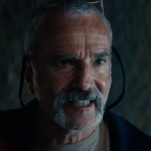The 15 Best Documentary Films of 2017 (So Far)
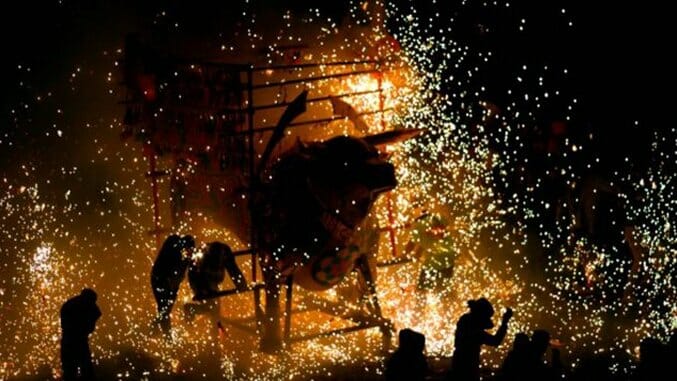
Narrowing down the best documentaries of 2017 we’ve seen so far to only a list of 15 movies felt more than difficult—it seemed unnecessary given the glut of vital (we do not use that word lightly) and groundbreaking documentary films this year to come out of a festival like True/False, to name but one.
This list also doesn’t take into account the documentaries we’ve seen which are still without a U.S. release date, such as Matt McCormick’s excellent Buzz One Four, which premiered at the Portland International Film Festival. It tells the story of McCormick’s grandfather, one of the U.S.’s select B-52 bomber pilots burdened with flying world-clearing, 4-megaton nuclear weapons on marathon missions over North America, staying ever-ready to drop them on Russia should the Cold War come to a disastrous head. The film’s strength is its wordless, practically impressionistic sense of gravity when pouring over so much found footage and assorted documents from the time, detailing just how much of the world’s destiny was shaped by human beings as susceptible to error—to the failings of the human body—as any one of us. Scored by Portland ambient artist Eluvium (Matthew Cooper), Buzz One Four will, with hope, make it out of the Pacific Northwest and find some distribution care of its growing number of festival appearances.
Still, the documentaries listed below—unranked, because as titles still find distribution and many of our staff catch up, it still feels like too much of a stretch this early in the year to pick which wins out as most vital—are about as essential as such vessels of truth can get, presented with both breathtaking candor and heartbreaking drama to get to the core of what it means to be a witness in 2017.
Here are the 15 top documentary films of 2017 so far.
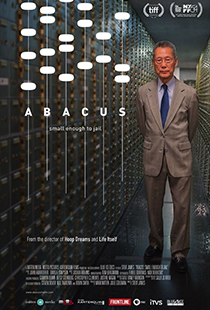 Abacus: Small Enough to Jail
Abacus: Small Enough to Jail
Director: Steve James
Imperiled families are popular forms of community in documentaries this year—on the more heartwarming side is Abacus: Small Enough to Jail, the deceptively straightforward new film from Hoop Dreams director Steve James. In it, James details the ordeal of the Sungs, who ran the only bank to face federal prosecution in the aftermath of the 2008 financial collapse. What’s even more surprising is that their bank, Abacus Federal Savings, was a tiny, local institution catering to New York City’s Chinatown residents—hardly one of the massive financial corporations that helped crater the world economy. There is a happy ending to Abacus’s legal nightmare, however, but James uses the court case as a means to explore the Sung family, particularly patriarch Thomas Sung, who even in his late 70s still elicits a strong hold over his adult daughters, who help run the bank with him while jockeying to curry his favor. Abacus is a family portrait mixed with current events, and if it’s less ambitious than Hoop Dreams that doesn’t diminish the warmth and subtlety James brings to this look at an anxious, close-knit clan who rally around one another once the government goes after them. —Tim Grierson
 Brimstone & Glory
Brimstone & Glory
Director: Viktor Jakovleski
One of the three premieres at this year’s True/False was Brimstone & Glory, a celebration of the Mexican city of Tultepec’s San Juan de Dios festival. Director Viktor Jakovleski’s hour-long film isn’t so much concerned about studying the town, its people or the significance of this annual party—it just wants to show us fireworks. Lots and lots of fireworks. More a sensory experience than a structured portrait, Brimstone & Glory contains more primal, enrapturing images than any documentary since Leviathan. Jakovleski’s cameras take us right onto the street as fireworks detonate all around us, often threatening the revelers who happily put themselves in harm’s way to dance among the explosions. This may be a slight film, but I can’t recall a movie that better demonstrated the thin line between danger and euphoria that’s inherent in such public revelries. Tultepec’s yearly celebration is meant to honor San Juan de Dios, a local hero who famously rescued patients from a burning hospital without getting a mark on him, but the partiers don’t walk away so lucky. (We see people being treated for eye injuries, and some of the event’s organizers have clearly had bad encounters with fireworks by the looks of their mangled hands.) Brimstone & Glory is community as catharsis, and you can’t stop staring in stupefied astonishment. —Tim Grierson
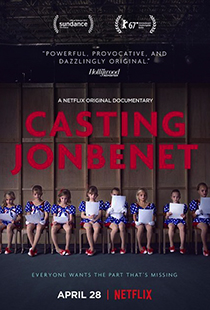 Casting JonBenet
Casting JonBenet
Director: Kitty Green
An unlikely cross-section of humanity also populates Casting JonBenet, which boasts a provocative idea that yields enormous emotional rewards. Filmmaker Kitty Green invited members of the Boulder, Colorado community where JonBenet Ramsey lived to “audition” for a film about her. But in the tradition of Kate Plays Christine or The Machine Which Makes Everything Disappear, that’s actually a feint: Green uses the on-camera interviews with these people to talk about Ramsey’s murder and the still-lingering questions about who committed the crime. She’s not interested in their acting abilities—she’s trying to pinpoint the ways that a 21-year-old incident still resonates. It’s a premise that could seem cruel or exploitative, but Casting JonBenet is actually incredibly compassionate. Green wizardly finds connective tissue between all these actors, who have internalized the little girl’s killing, finding parallels in their own lives to this tragedy. High-profile murders like Ramsey’s often provoke gawking, callous media treatment, turning us all into rubberneckers, but Casting JonBenet vigorously works against that tendency, fascinated by our psychological need to judge other people’s lives, but also deeply mournful, even respectful, of the very human reasons why we do so. —Tim Grierson
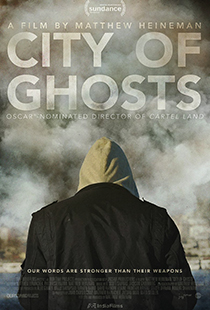 City of Ghosts
City of Ghosts
Director: Matthew Heineman
There need not be a documentary about the Syrian catastrophe to rally the world around its cause—just as, in Matthew Heineman’s previous film, Cartel Land, there was no need to vilify the world of Mexican cartels or the DEA or the paramilitaristic nationalists patrolling our Southern borders to confirm that murder and drug trafficking are bad. The threats are known and the stakes understood, at least conceptually. And yet, by offering dedicated, deeply intimate portraits of the people caught up in these crises, Heineman complicates them beyond all repair, placing himself in undoubtedly death-defying situations to offer a perspective whose only bias is instinctual. So it is with City of Ghosts, in which he follows members of Raqqa is Being Slaughtered Silently, a group committed to using citizen-based journalism to expose the otherwise covered-up atrocities committed by ISIS and the Assad regime in Syria. In hiding, in Turkey and Germany and at an event for journalists in the U.S.—in exile—these men, who Heineman characterizes as a very young and even more reluctant resistance, tell of both the increasingly sophisticated multimedia methods of ISIS and their hopes for feeling safe enough to settle and start a family with equal trepidation about what they’ve conditioned themselves to never believe: That perhaps they’ll never be safe. Heineman could have easily bore witness to the atrocities himself, watching these men as they watch, over and over, videos of their loved ones executed by ISIS, a piquant punishment for their crimes of resistance. There is much to be said about the responsibility of seeing in our world today, after all. Instead, while City of Ghosts shares plenty of horrifying images, the director more often that not shields the audience from the graphic details, choosing to focus his up-close camera work on the faces of these men as they take on the responsibility of bearing witness, steeling themselves for a potential lifetime of horror in which everything they know and love will be taken from them. By the time Heineman joins these men as they receive the 2015 International Press Freedom Award for their work, the clapping, beaming journalists in the audience practically indict themselves, unable to see how these Syrian men want to be doing anything but what they feel they must, reinforcing the notion that what seems to count as international reportage anymore is the exact kind of lack of nuance that Heineman so beautifully, empathetically wants to call out. —Dom Sinacola / Full Review
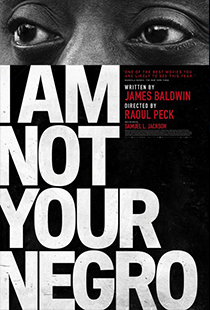 I Am Not Your Negro
I Am Not Your Negro
Director: Raoul Peck
Raoul Peck focuses on James Baldwin’s unfinished book Remember This House, a work that would have memorialized three of his friends, Martin Luther King Jr., Malcolm X and Medgar Evers. All three black men were assassinated within five years of each other, and we learn in the film that Baldwin was not just concerned about these losses as terrible blows to the Civil Rights movement, but deeply cared for the wives and children of the men who were murdered. Baldwin’s overwhelming pain is as much the subject of the film as his intellect. And so I Am Not Your Negro is not just a portrait of an artist, but a portrait of mourning—what it looks, sounds and feels like to lose friends, and to do so with the whole world watching (and with so much of America refusing to understand how it happened, and why it will keep happening). Peck could have done little else besides give us this feeling, placing us squarely in the presence of Baldwin, and I Am Not Your Negro would have likely still been a success. His decision to steer away from the usual documentary format, where respected minds comment on a subject, creates a sense of intimacy difficult to inspire in films like this. The pleasure of sitting with Baldwin’s words, and his words alone, is exquisite. There’s no interpreter, no one to explain Baldwin but Baldwin—and this is how it should be. —Shannon M. Houston / Full Review
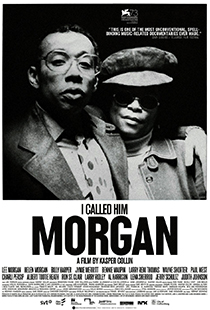 I Called Him Morgan
I Called Him Morgan
Director: Kasper Collin
I Called Him Morgan is the story of two troubled people, one of whom killed the other. Documentarian Kasper Collin—who previously made My Name Is Albert Ayler, also about a jazz musician—looks at the difficult, abbreviated life of trumpeter Lee Morgan, who was shot dead in the winter of 1972 in New York. It’s not a mystery who pulled the trigger—it was his common-law wife, Helen, who was more than 10 years his senior—but I Called Him Morgan isn’t about solving a crime, rather, it’s about connecting the dots regarding why the crime happened. Throughout the film, you feel the slow, grim pull of inevitable tragedy set against a lush visual palette. (Oscar-nominated Arrival cinematographer Bradford Young is one of I Called Him Morgan’s credited cameramen.) Talking heads’ tales are crosscut with dreamy images—snowy nights in New York, a hypnotically colorful fish tank—that always feel pertinent to what’s being discussed. And then there are the interview subjects and the milieu. Jazz musicians such as Wayne Shorter and Charli Persip talk about their friend with specificity and insight, and Lee Morgan’s music—as well as the music he played in other people’s bands—fills the soundtrack. The film will be heaven for jazz aficionados, but those who don’t know the difference between bebop and hard bop won’t feel lost. Collin understands that his film is about people, not art, but his deft storytelling—and the endless sadness that comes from his tale—flexes its own nimbleness and beauty. —Tim Grierson / Full Review
-

-

-

-

-

-

-

-

-

-

-

-

-

-

-

-

-

-

-

-

-

-

-

-

-

-

-

-

-

-

-

-

-

-

-

-

-

-

-

-

 In Transit
In Transit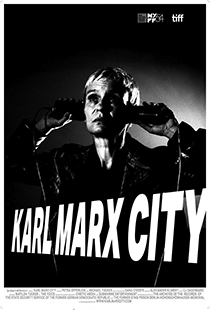 Karl Marx City
Karl Marx City Kiki
Kiki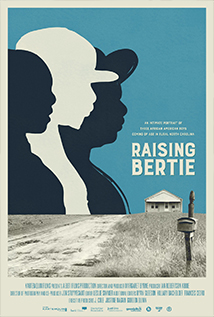 Raising Bertie
Raising Bertie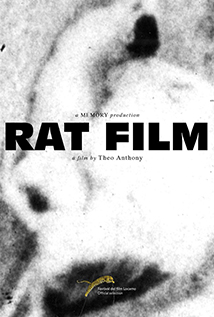 Rat Film
Rat Film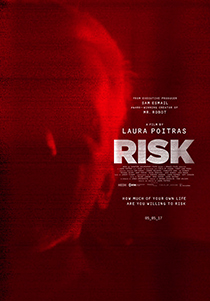 Risk
Risk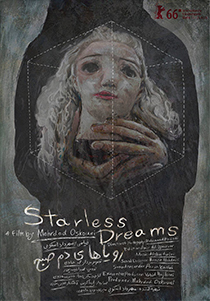 Starless Dreams
Starless Dreams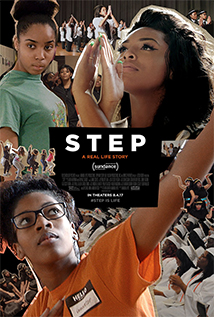 Step
Step























